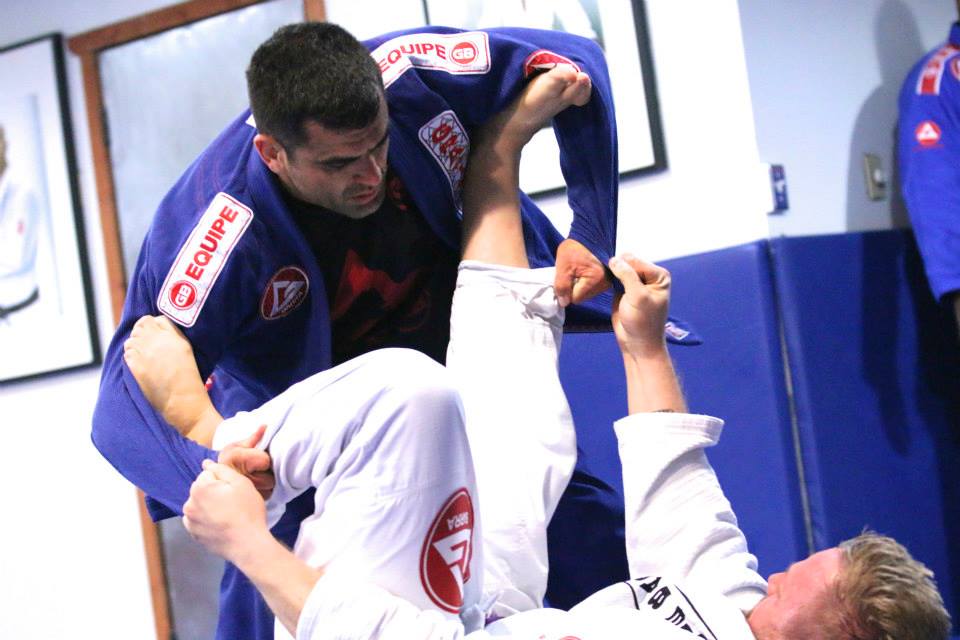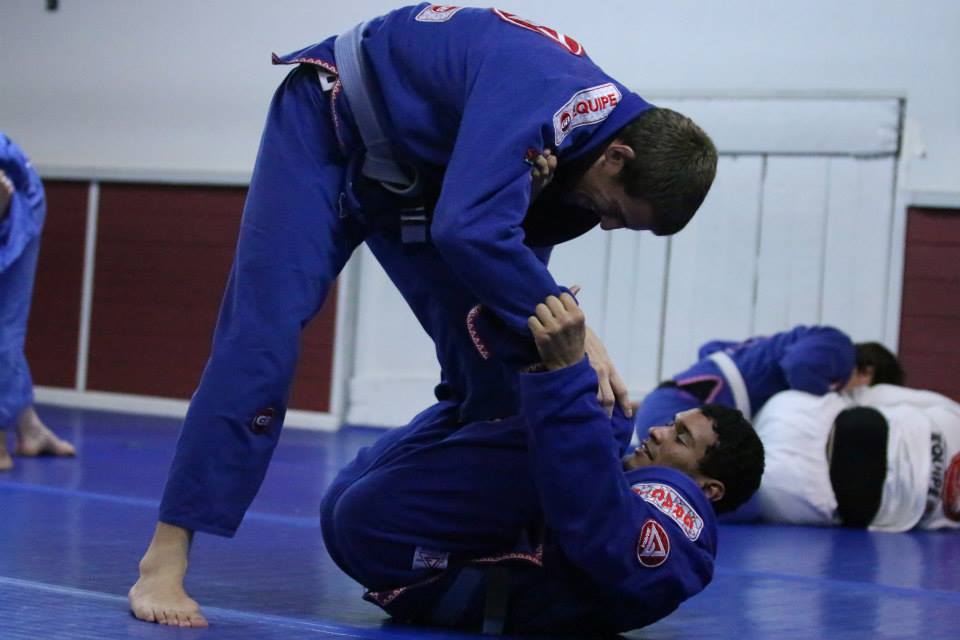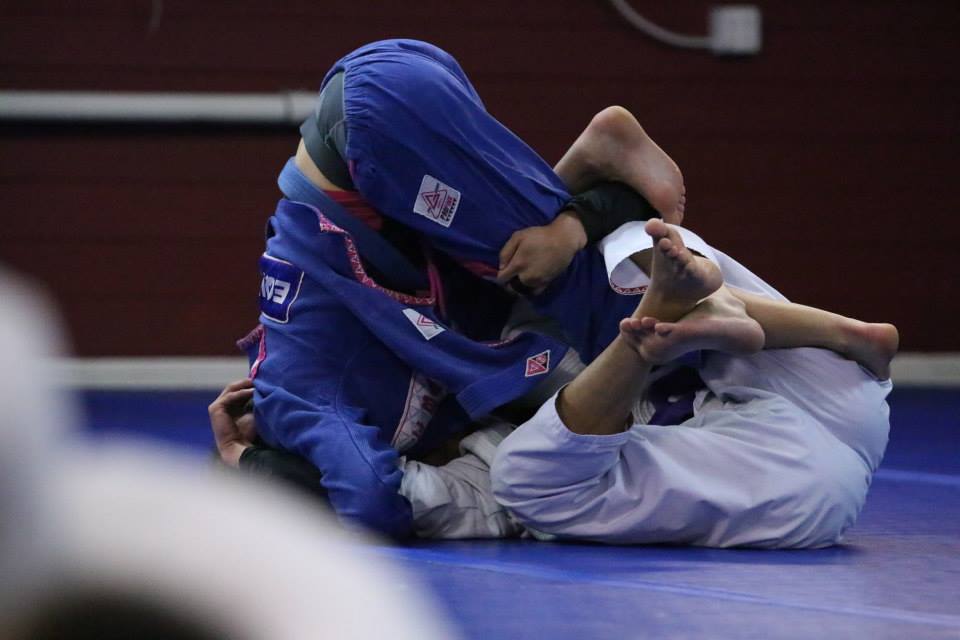Specific Training: A Great Training Method
In Gracie Barra schools, students start their introduction to live rolling through specific / positional training. The students start in a certain position with clearly defined rules / objectives and train with full resistance.
read also: The ‘Secret’ To Getting Better At BJJ
Depending on the class: passing the guard or open guard sweep for example, the specific training will reflect a rolling scenario that was the position of the class.
Example: the bottom student attempts to retain guard, sweep, or submit. The top student attempts to pass. If the pass is completed, the top student returns to inside the guard and they restart. If the bottom successfully sweeps or submits, the top student returns to inside the guard and they restart.
Several students will take a spot in the middle of the mat and partners rotate in and out according to:
A) 3 minute timed rounds
B) Whichever student “wins” the training objective of the positional sparring
Here are 3 Benefits to Positional Sparring:
1) Allows new students to get training without full picture
Without the understanding of what to do in every ground position in bjj, free rolling for students is not the most productive. If you don’t have any clue of what you should be doing when you opponent lands you in bottom side control, you are forced to resort to strength, and instinctive survival. Neither of which are a productive part of training!
Specific training – with its clearly defined objectives – is the best way for new students to get a taste of live rolling against a resisting opponent.
2) You can practice while moves from class while they are still fresh in your mind
You may have just seen some really good techniques from your professor in the class, but if you don’t try to use them, you may well forget them. Positional training at the end of class is designed to make the students focus on the very position that was the subject of the class and you get an immediate opportunity to test the technique. And by using immediately after learning it, you burn it into your memory.
I have consistently observed that the students who progress the fastest, are those who attempt the techniques that the instructor shows in class. When both students start the roll in the half guard, you have perfect opportunity to try your sweep. In a regular roll, you might not find yourself in that half guard bottom even once during the entire roll.
3) Time spent in position
One of my black belt instructors was a huge fan of specific training. He would go on periods where we would go crazy trying to get better at a certain technique or position and constantly place himself in that position in sparring. “Lots of time spent in the position…that’s how you get really good!” he would say.
You don’t need your instructor to call for specific training. You can do it yourself in rolling. If you are of a higher level than your training partner, you can direct the match to that position. But if you can not steer the roll into the positions that you want, a great way to focus your training is to start your free rolls in the position.
Ask your training partner if they mind to start in the half guard (work BOTH sides!) and that way you can ensure that you will do at least part of your free rolling in the position that you wish to improve.
As an instructor, positional sparring is a great way to get the students to focus on the new techniques that you want them to learn – as opposed to them naturally going to their existing strong positions.
read also:The 6 worst white belt rolling mistakes
Credits: Mark Mullen
Gracie Barra Black belt based in Taiwan
Twitter: @MarkMullenBJJ



